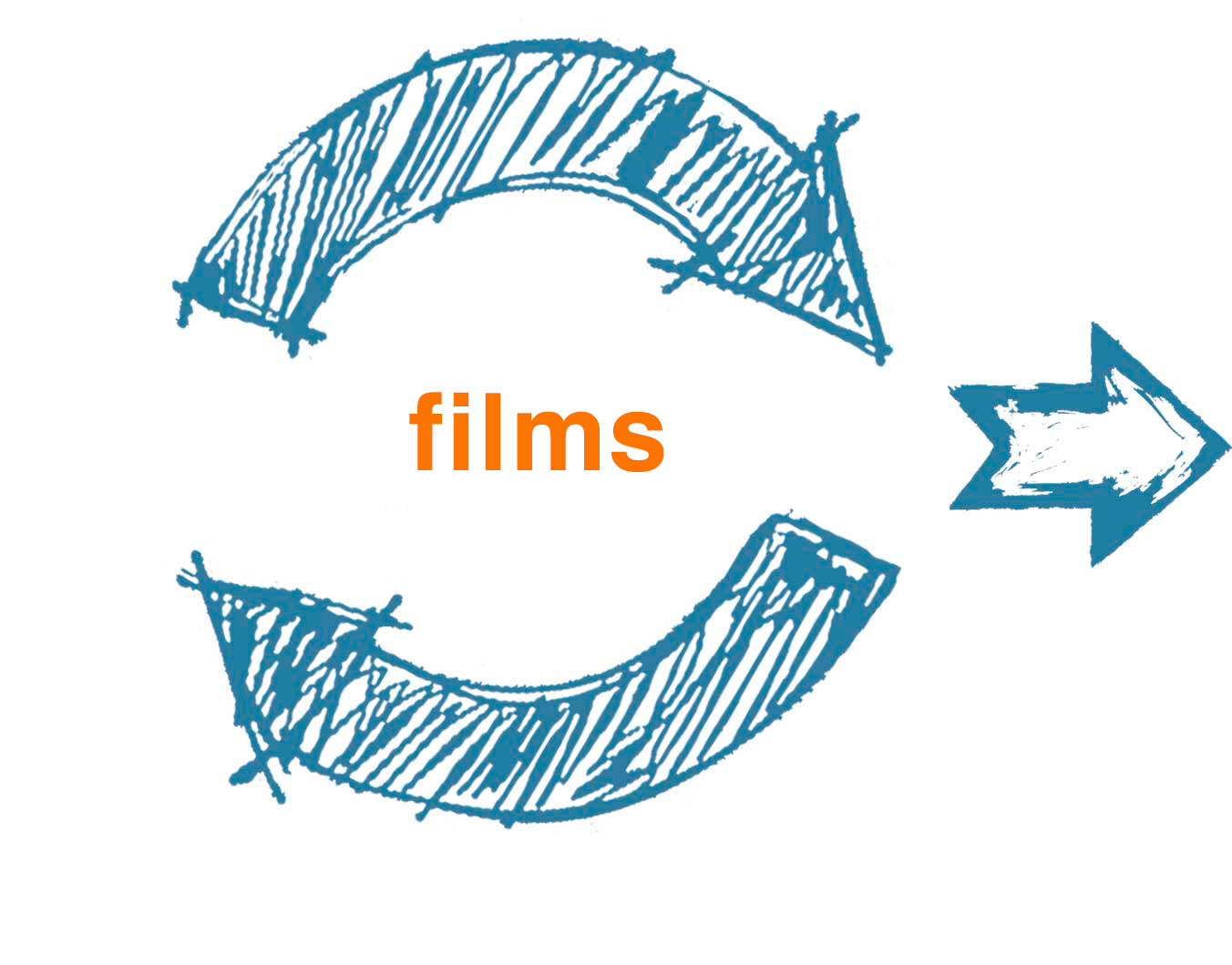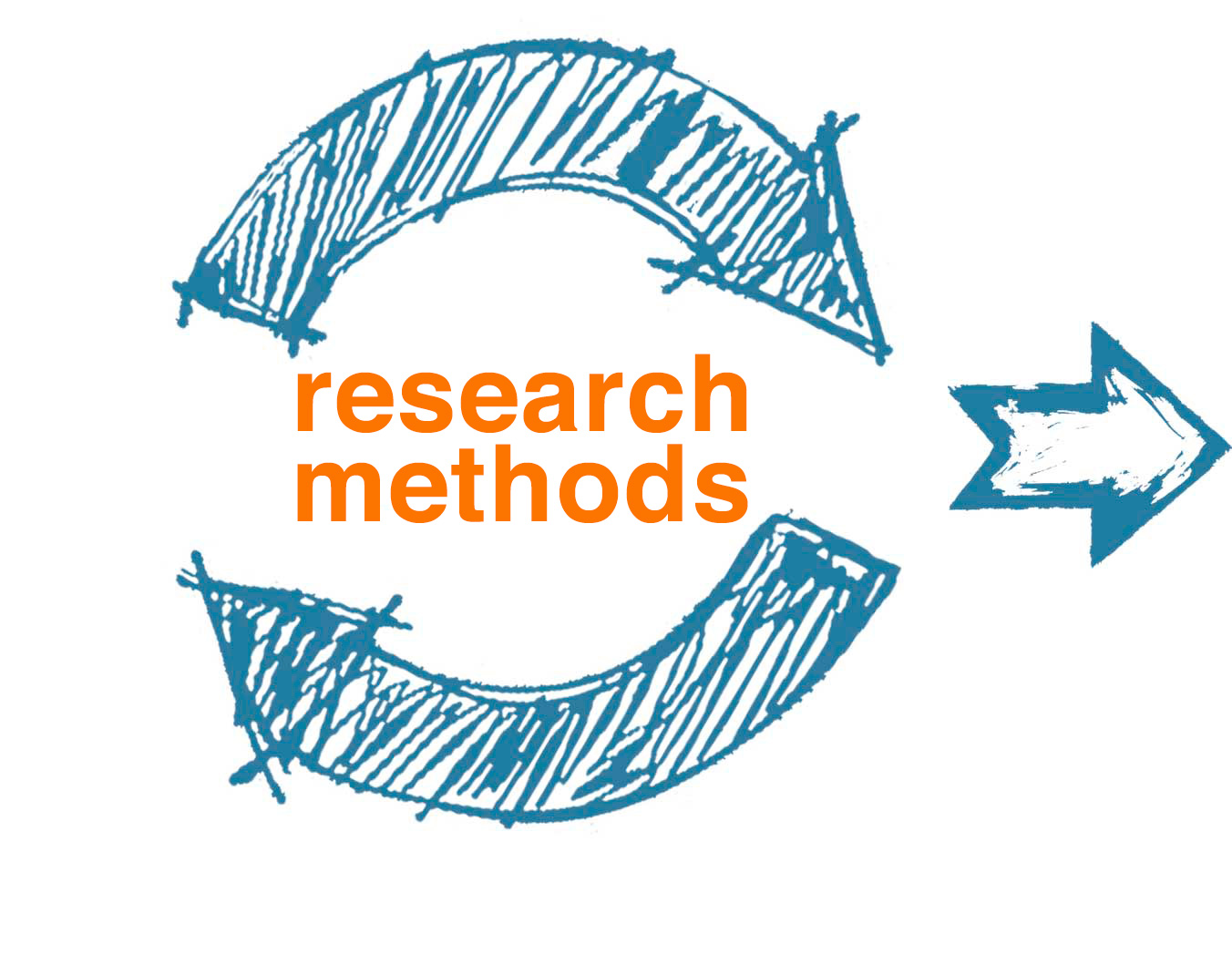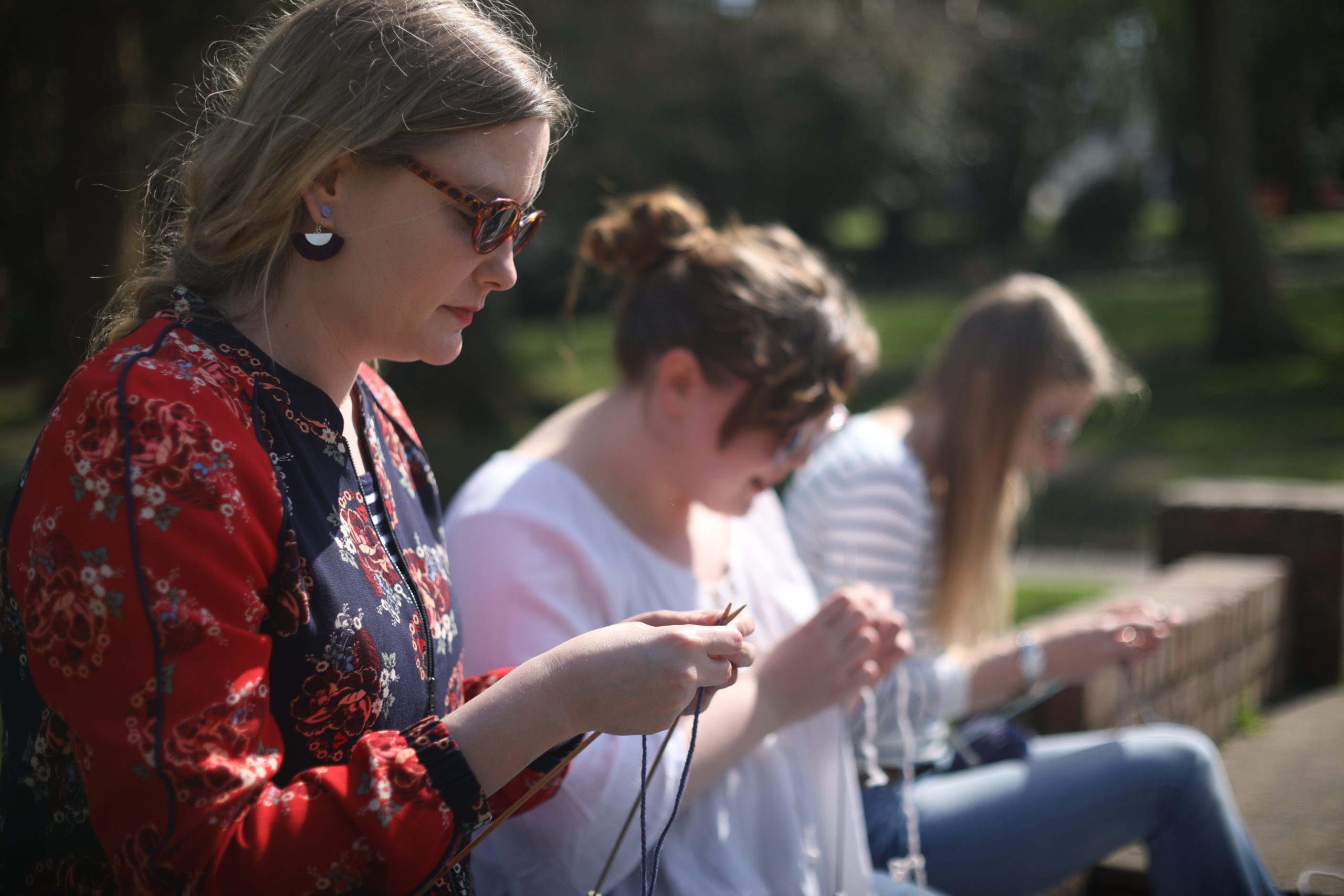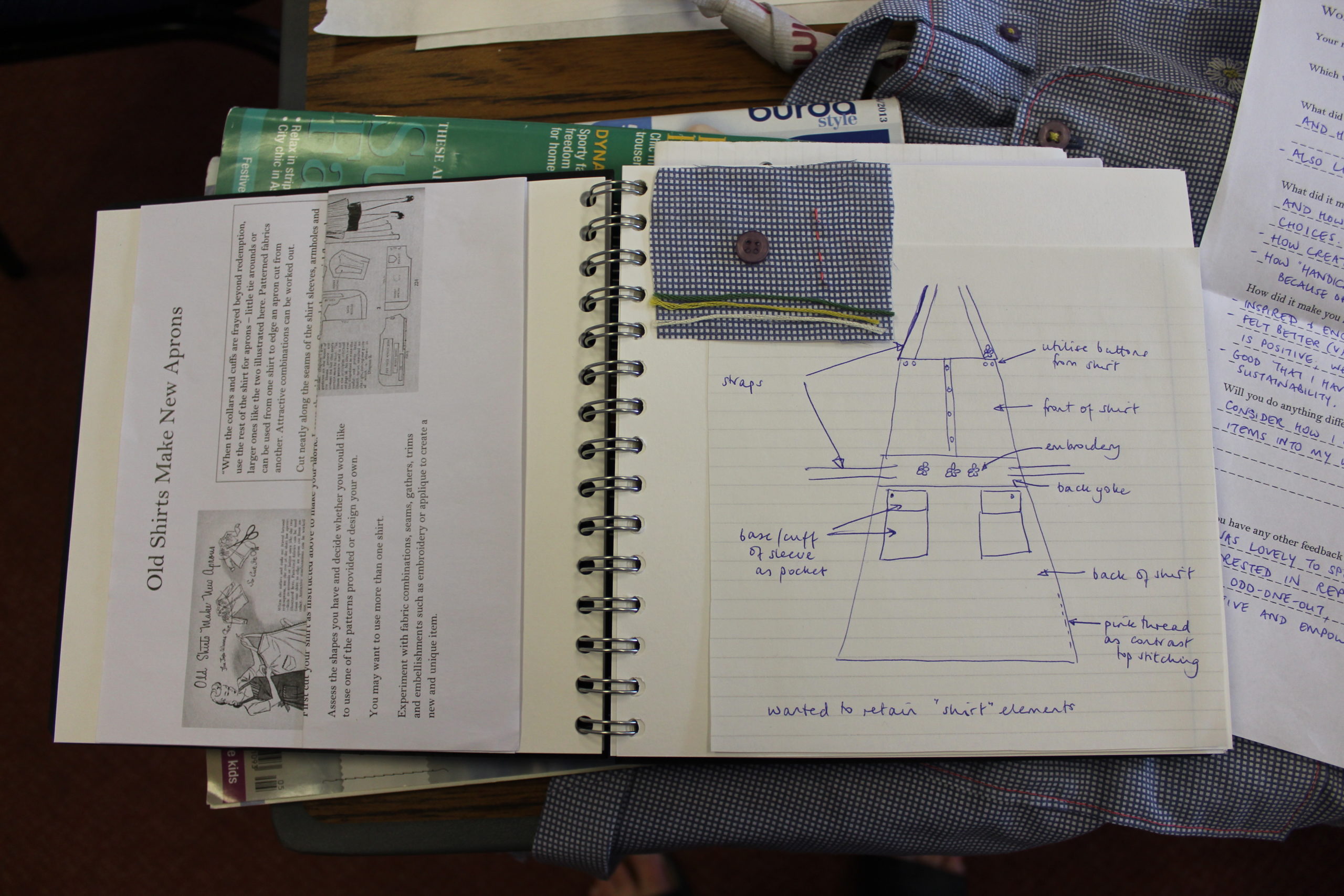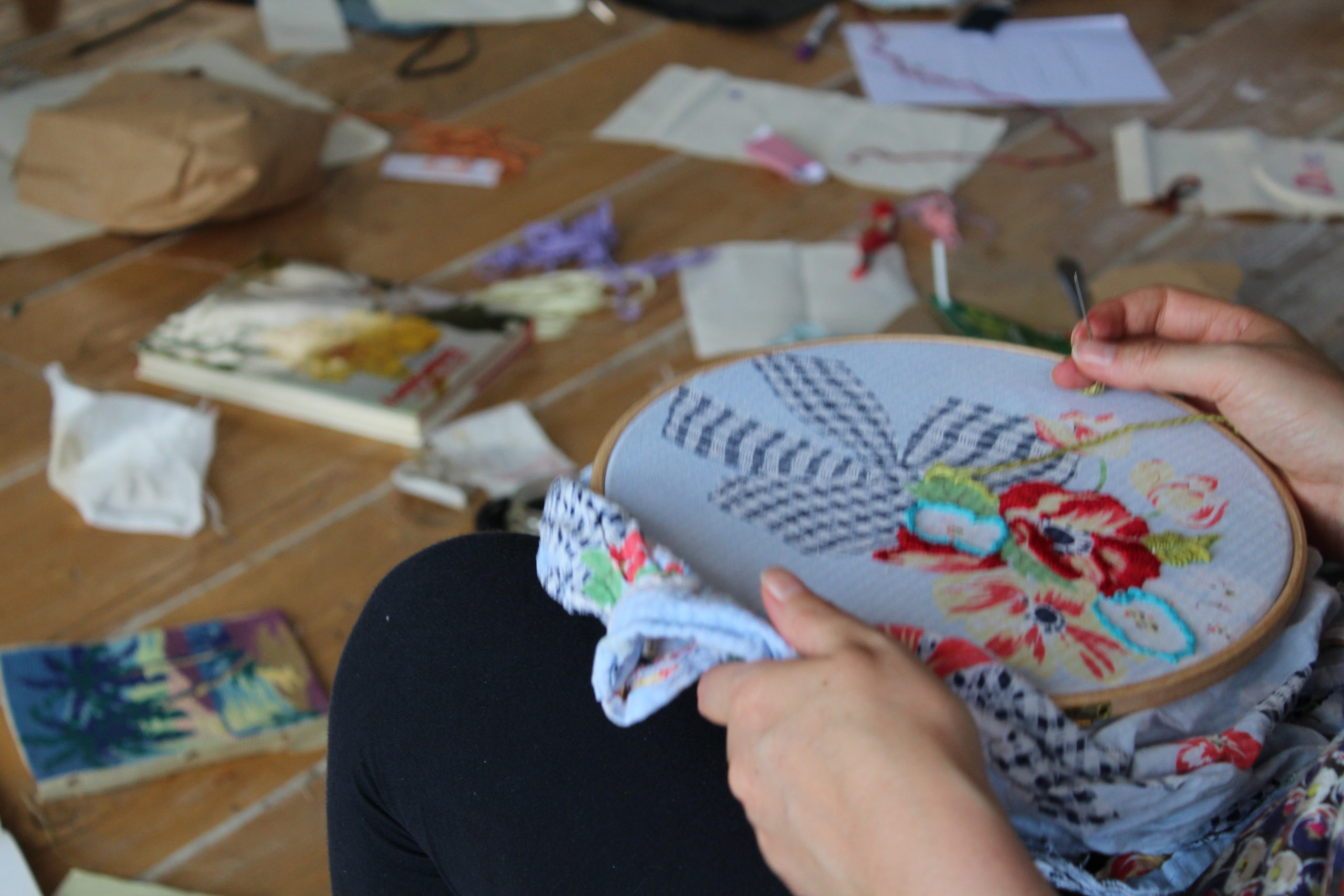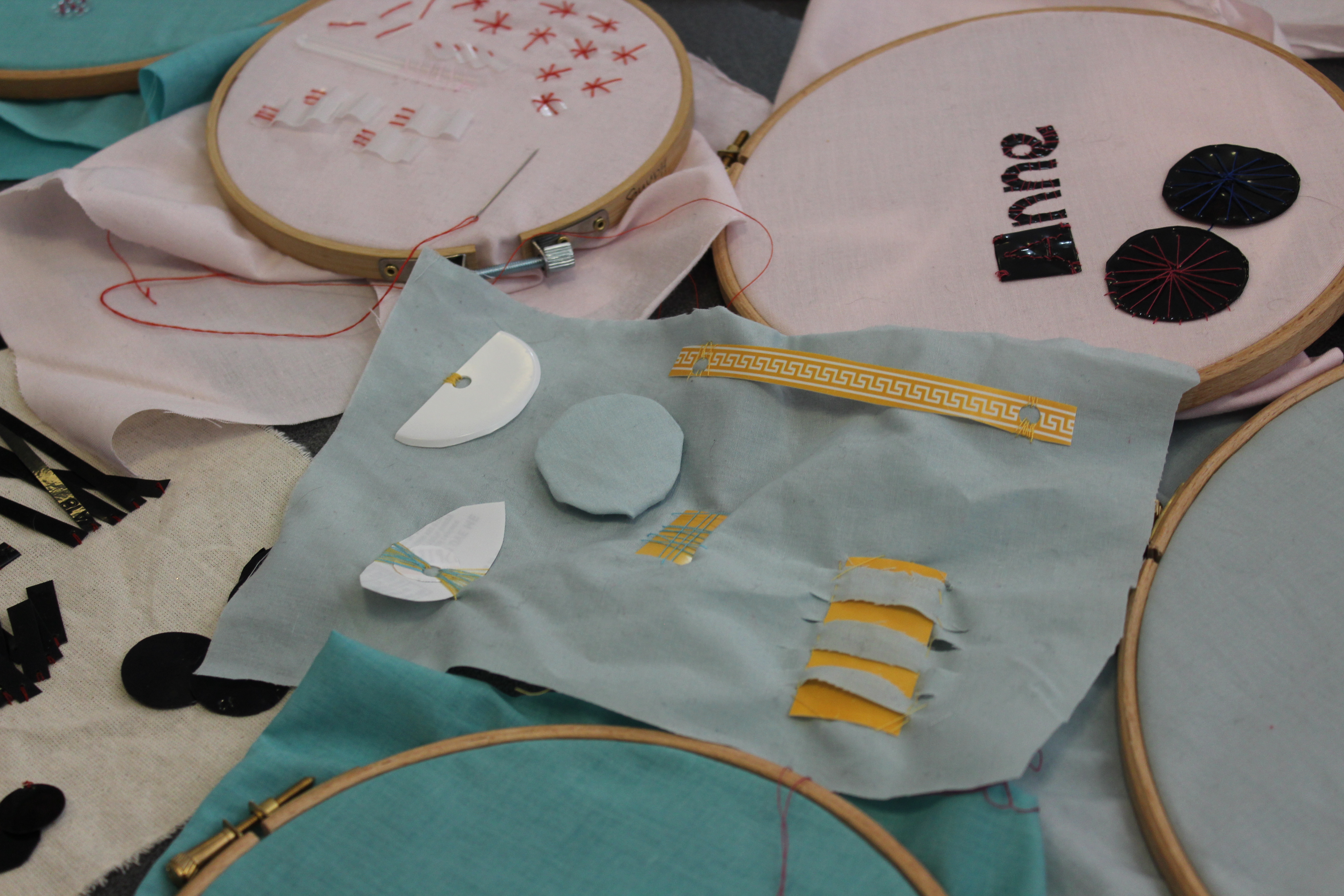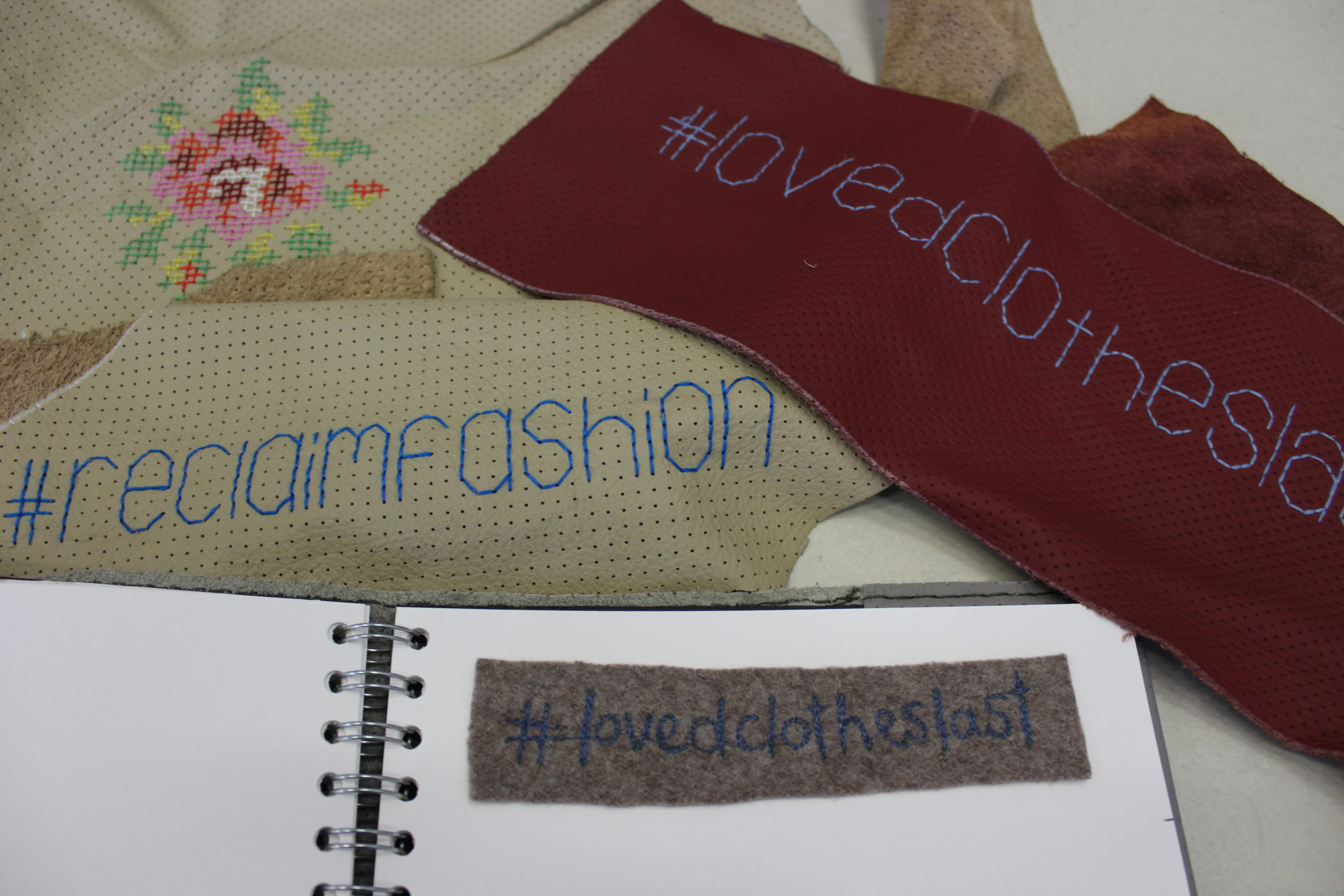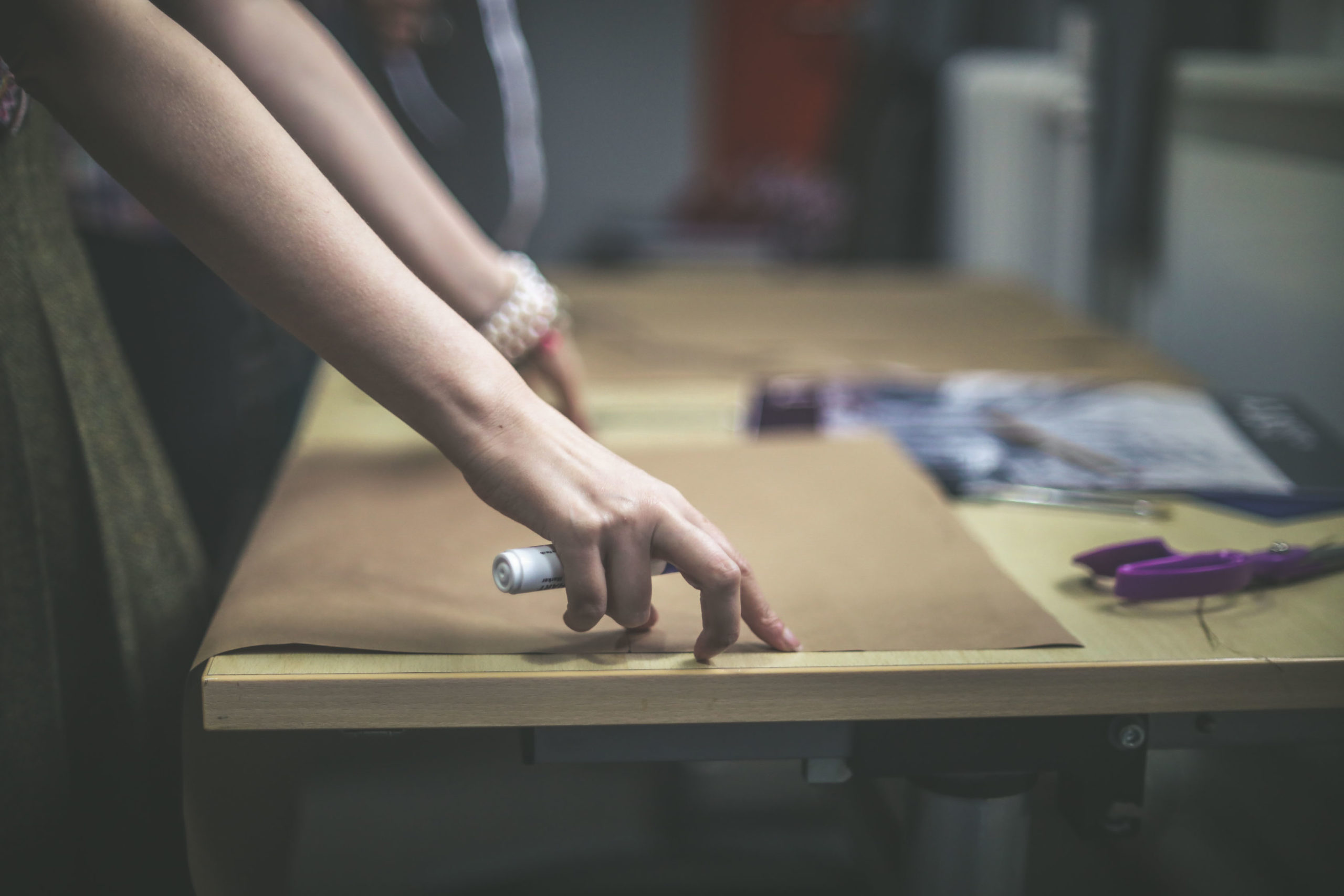WHAT WE DID | WORKSHOPS
Our workshops took place in South West Cornwall and the West Midlands. Together with our collaborators we ran a series of twenty one-day workshops in each location. These were organised into eight sets of five sessions. They were designed to mimic the lifecycle of clothing, from making fibre to producing and consuming garments. The workshops offered participants the opportunity to interrogate, reconsider and reimagine their relationship with clothes by gaining first-hand experience of some of the processes, skills and techniques involved in making clothing, while learning about the environmental effects of the fashion industry. Workshops followed iterative themes:
Fluff to Fibre
All cloth begins life as a raw material. The Fluff to Fibre workshops enabled participants to engage with some of the processes involved as wool is transformed into fabric. It began literally off the sheep’s back with a tour of the Launceston-based wool mill, The Natural fibre Company, which is owned by Sue Blacker of Blacker Yarns. She gave us a guided tour and explained how fleece is sorted, graded then mechanically washed, carded, combed, spun and dyed to produce beautiful yarns. Participants also got the change to engage in hands-on activities through learning to spin, weaving and dyeing thread with natural dyes. Audrey and Bob Durrant of Hawthorn Fibres then demonstrated hand-spinning using wheels and drop-spindles. Participants tried their hand at ‘teasing’, ‘carding’ and ‘rolling’ the raw fleece into the ‘rolags’ to hand-fed to the wheel or spindle. They then experimented with preparing, extracting and fixing natural dyes with Irene Griffin. Metal salts (‘mordants’) were used to bond the colours to the fibres. Differing hues were achieved by combining metal salt, fibre and fixing in various ways. The workshop series ended with the Durrants returning to deliver weaving workshops using basic, rigid heddle, four shaft table looms, which they had set up (pre-warped) for ease of use. There was general surprise at the number of processes required to create thread and construct cloth. The group dyed some natural cream wool from the mill and wove it into a single piece of cloth which was sent to project co-participants in the West Midlands who embellished the cloth with crocheted flowers, turning it into a beautiful clutch/shoulder bag.
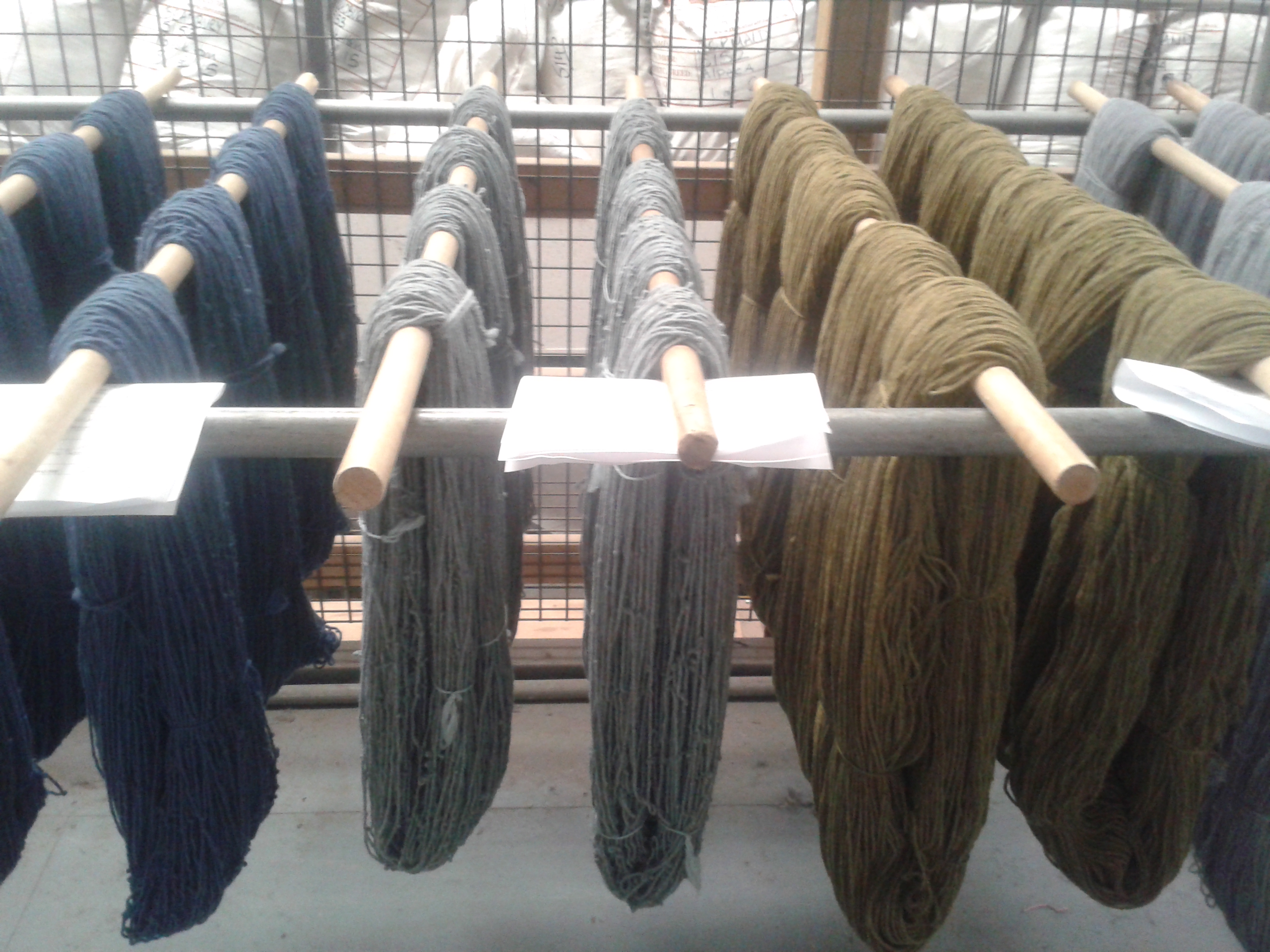
“It was great in terms of knowledge and understanding, all the process behind how clothes are made and, in particular, I think it makes me really understand why some clothing is so expensive. Now that I know the work behind it, I think they are not expensive enough, to be honest.”
S4S project participant
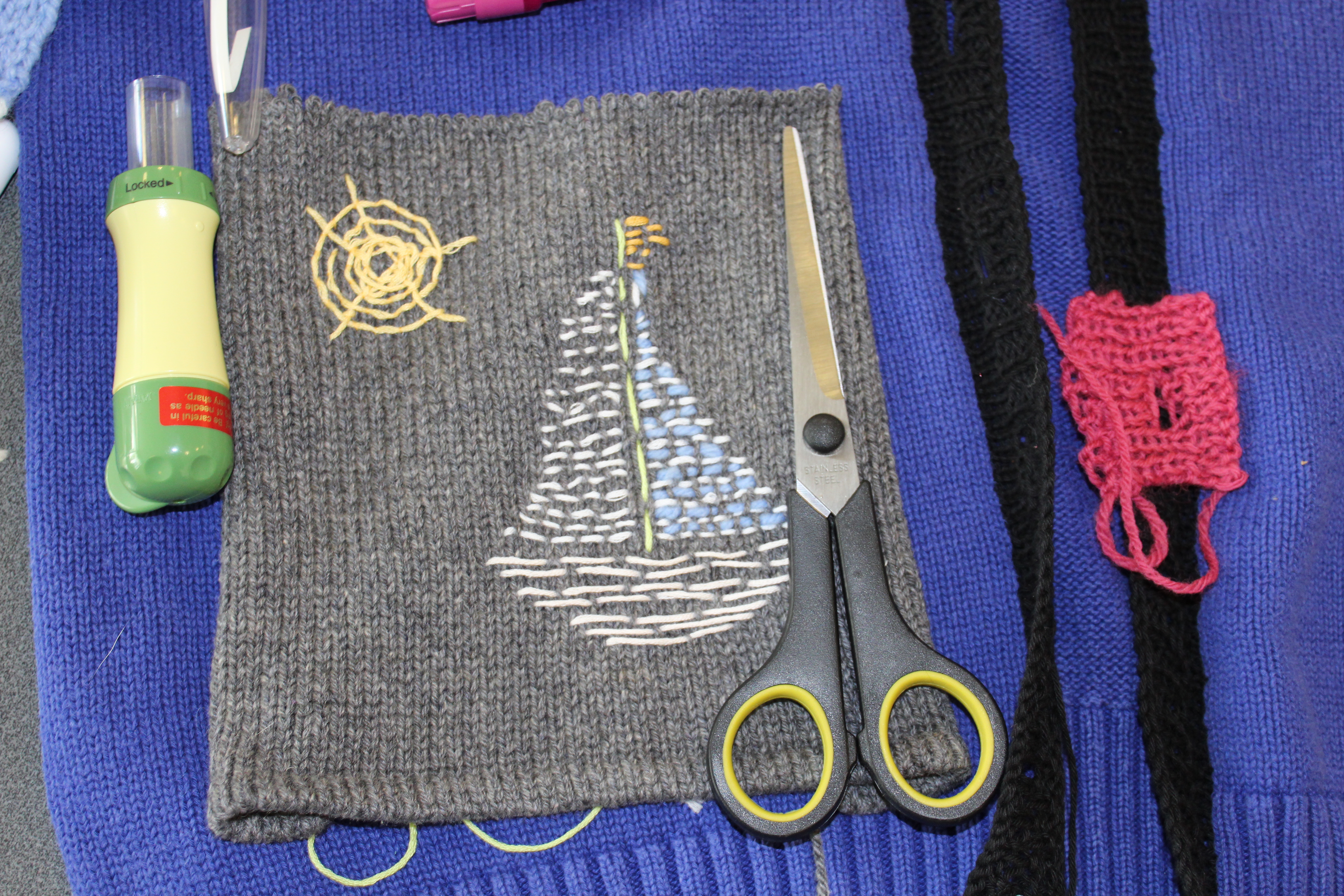
“I don’t want to destroy the entire fashion industry by telling everyone not to ever buy anything new because it’s a vital industry that employs lots of people and it is important but if we just think a bit more and maybe step away from fast fashion to that slower fashion, and think a bit more when we add to our wardrobes, you know, think ‘do we really need it’?”
(S4S project participant)
“There a frugality associated with make do and mend, but for me these workshops have had really the reverse effect that actually you can jazz things up and make things look a bit more special by changing something, adapting something, adding a bit of sparkle, putting a bit of coloured thread in something, you know, a whole new garment that you’re excited about.”
(S4S project participant)
“It is giving me permission to be more creative and go back to some of the things I used to love doing but then wasn’t doing for lots of different reasons. So, these workshops are opening some doors that have been closed before, I think.”
(S4S project participant)


